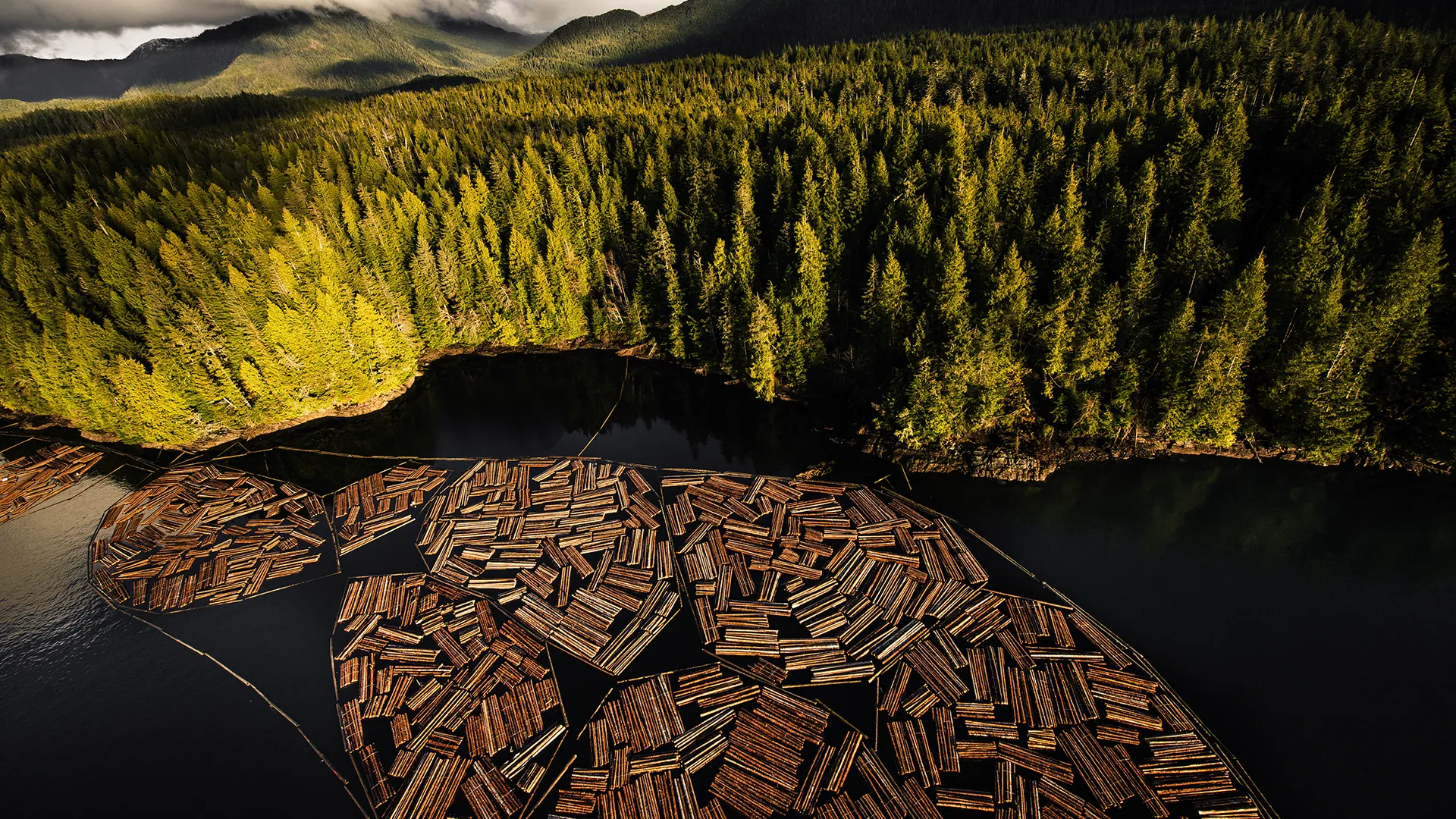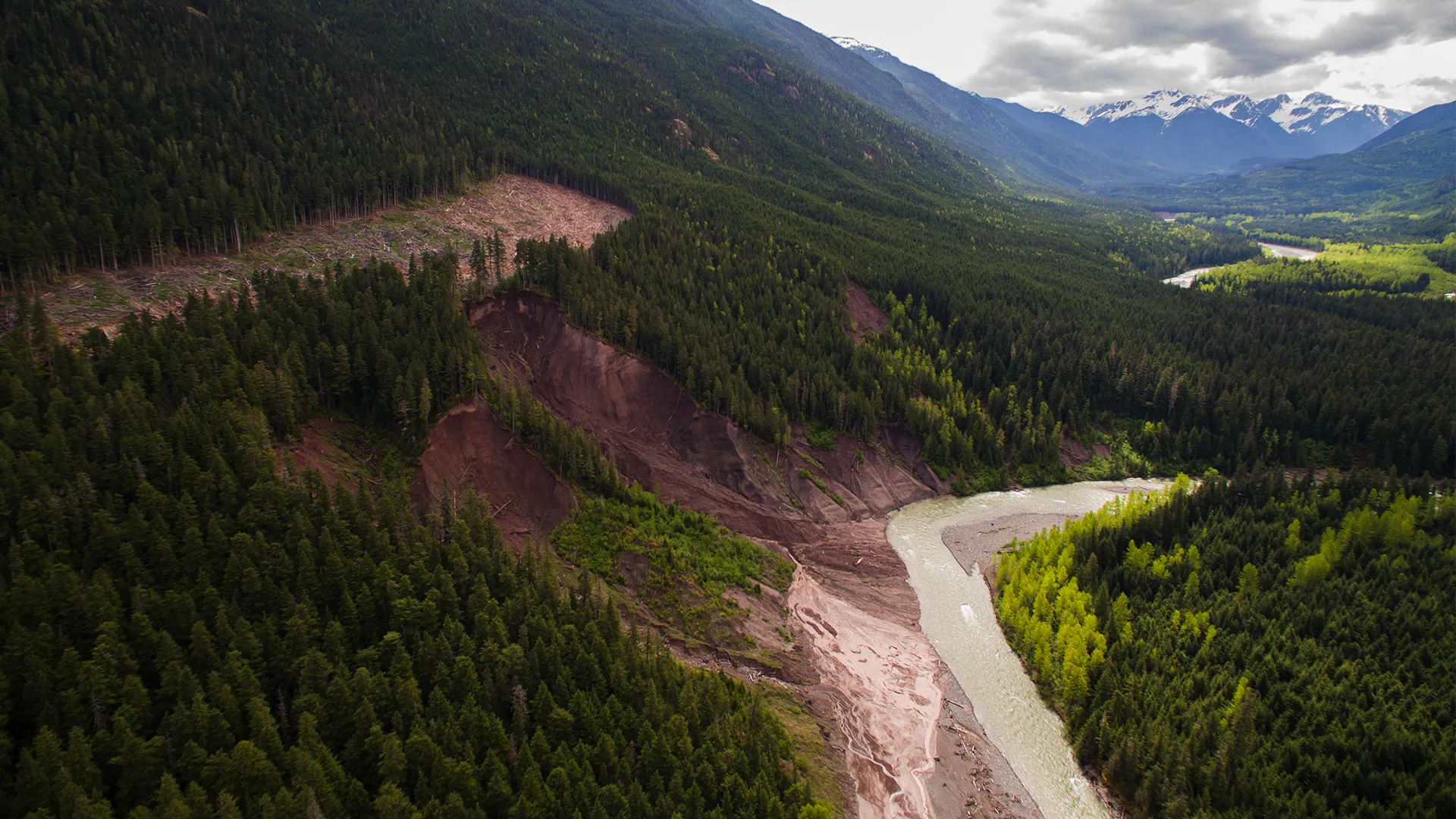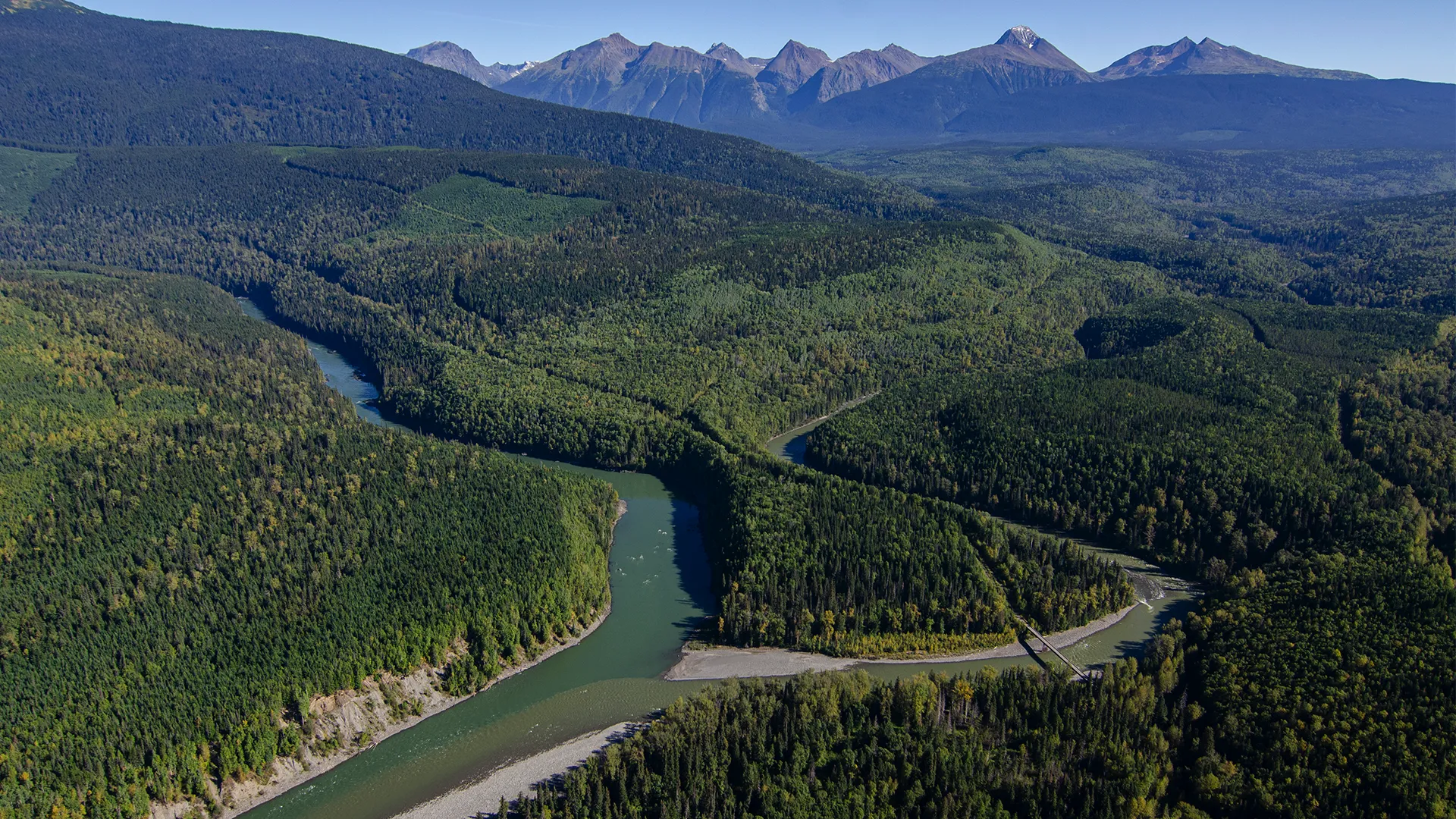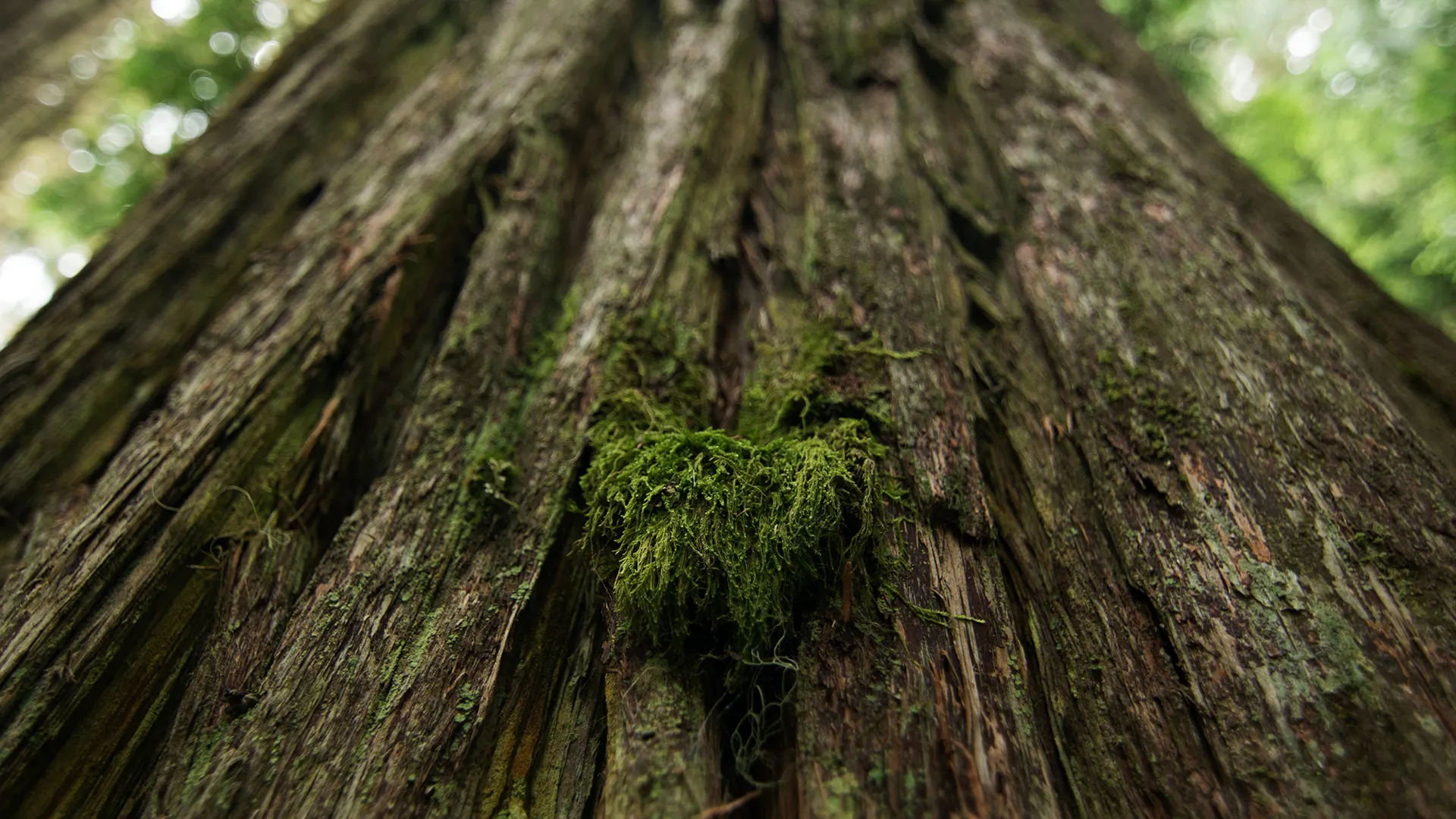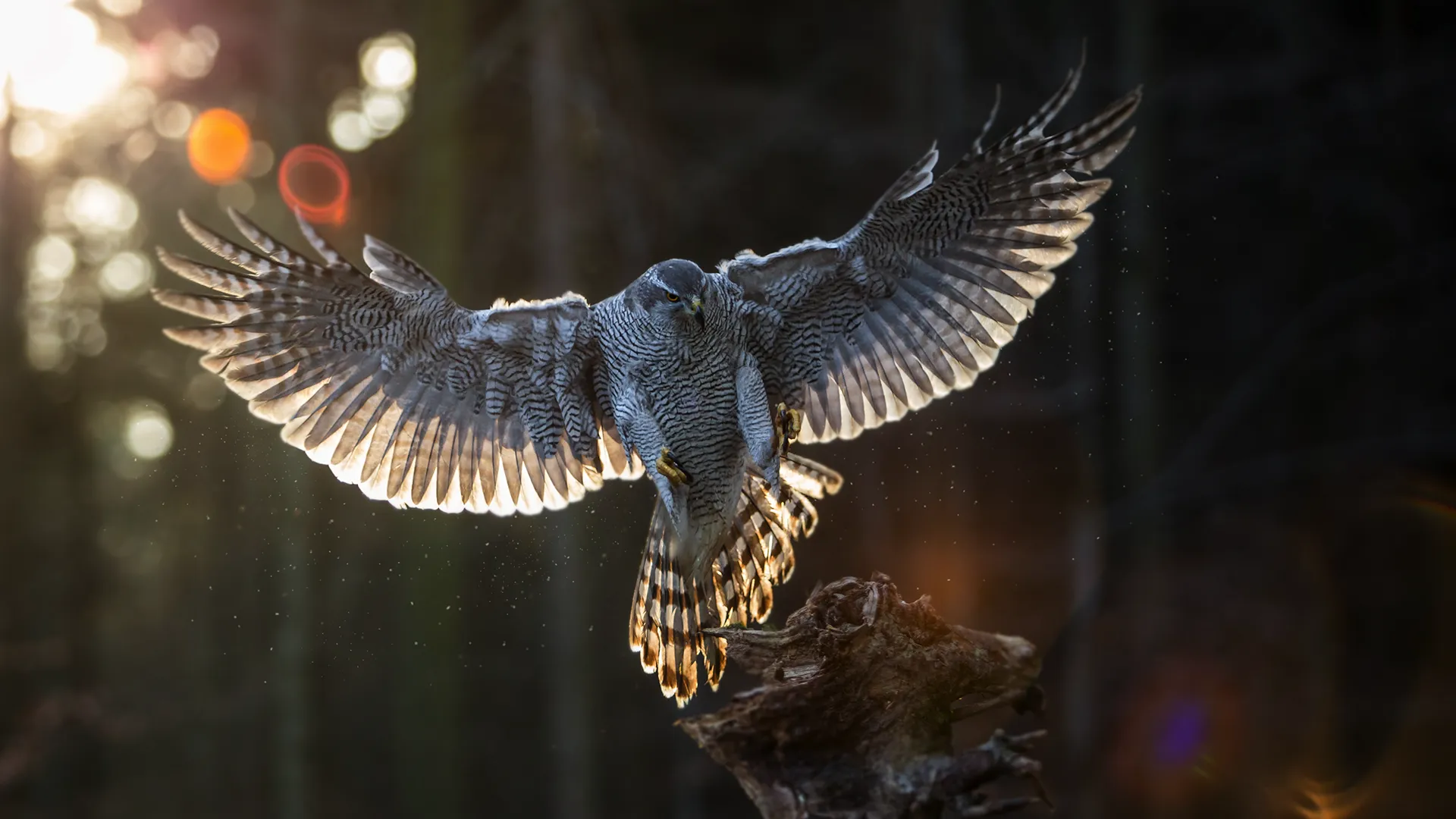Habitat Protection: Land Use Planning and Responsible Forestry
Healthy Forests, Thriving Salmon
Balancing the needs of the environment, economy and communities
Salmon play a critical role in the watershed’s diverse ecosystems. They are an important food source for other wildlife and provide forests with rich marine-derived nutrients after they spawn and die along the river banks. Therefore, safeguarding the health and sustainability of salmon populations is essential for the continued well-being of the Skeena Watershed, including its economic, ecological, and cultural aspects.
Responsible Forestry Keeps Salmon Strong and Sustains Communities.
SkeenaWild’s Responsible Forestry Program aims to support improved forestry and land use practices that ensure water, salmon and wildlife populations aren’t put at risk. We are collaborating with Indigenous, conservation, government, and academic partners to strengthen our ability to achieve sustainable outcomes. These initiatives and opportunities cover large areas of both the Skeena and Nass watersheds. Our experienced foresters and land use planners position SkeenaWild well to support this work.
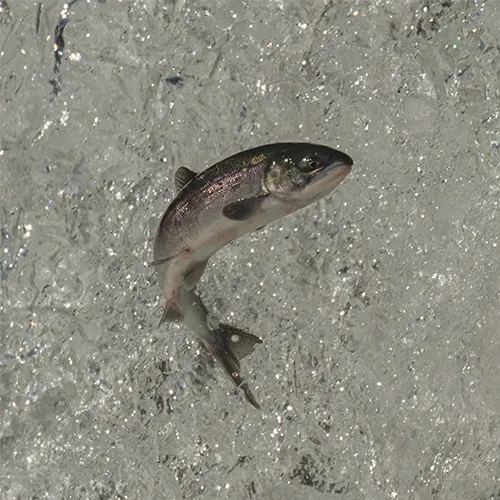
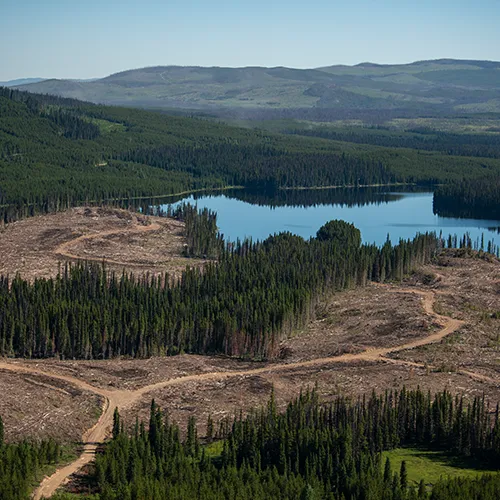
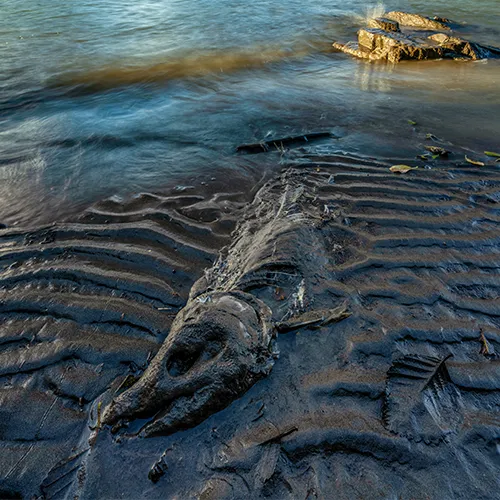
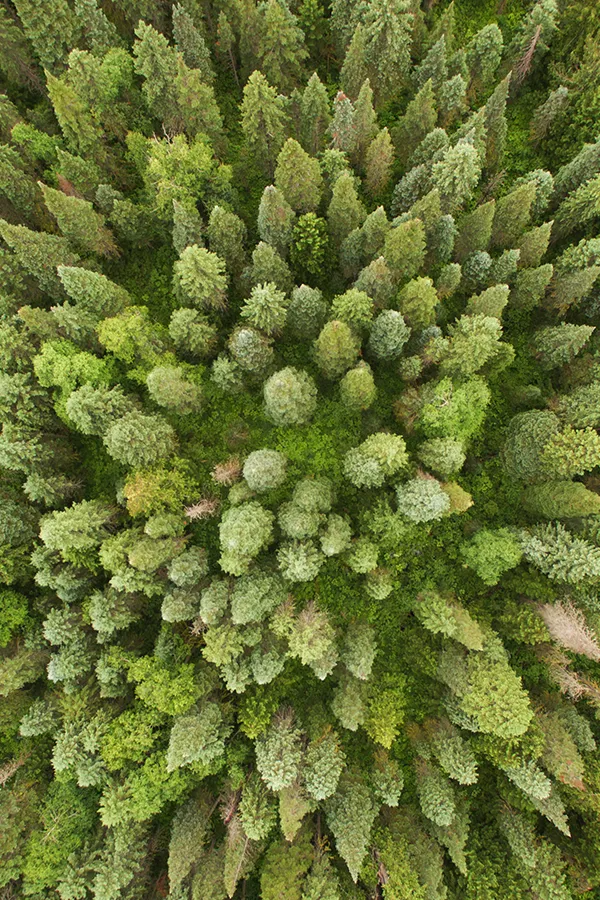
Defining Responsible Forestry
As part of our Responsible Development Initiative, SkeenaWild published a report, “Opportunities for Sustainable Forestry in Northwest British Columbia” in 2019. Our goal is to help communities come together to discuss how to move towards more resilient and sustainable local economies. These discussions include developing northwest B.C.’s forest industry in new and responsible ways that support wildlife and diminishing salmon populations, provide increased resilience in the face of climate change, and benefit northwest B.C.’s economy.
Land Use Planning
Indigenous community-led land use planning is one way that reconciliation can be realized. Our long-term goal is to move from outdated forestry practices and land use plans that fail to protect functioning habitats to detailed spatially explicit land use plans that limit impacts to water, fish, wildlife, culture and local economies. These land use plans provide a clear path forward for how, when, and where development can occur on the land base without conflict. With some Indigenous-led land use plans already operationalized in the Skeena Watershed, it’s clear that they provide guidance and certainty for sustainable resource development rates and can simultaneously foster positive, respectful relationships, help promote long-term ecological resilience, defend shared values, and maximize benefits to local communities.
An example of a successful Indigenous-led land use plan is the Gitanyow Land Use Plan, incorporated into B.C. law in 2012, a process that spanned 15 years. The Gitanyow Land Use Plan has been in operation for over a decade and has become a leading example of successful community-based land management. Commitments by the provincial and federal governments to implement the United Nations Declaration on the Rights of Indigenous People (UNDRIP) support the role of Indigenous groups in undertaking land use planning. The Gitanyow Plan has informed and inspired neighbouring nations to develop similar land use plans. SkeenaWild is honoured to work with various Gitxsan Watershed Groups to develop and implement new land use plans for their respective territories.
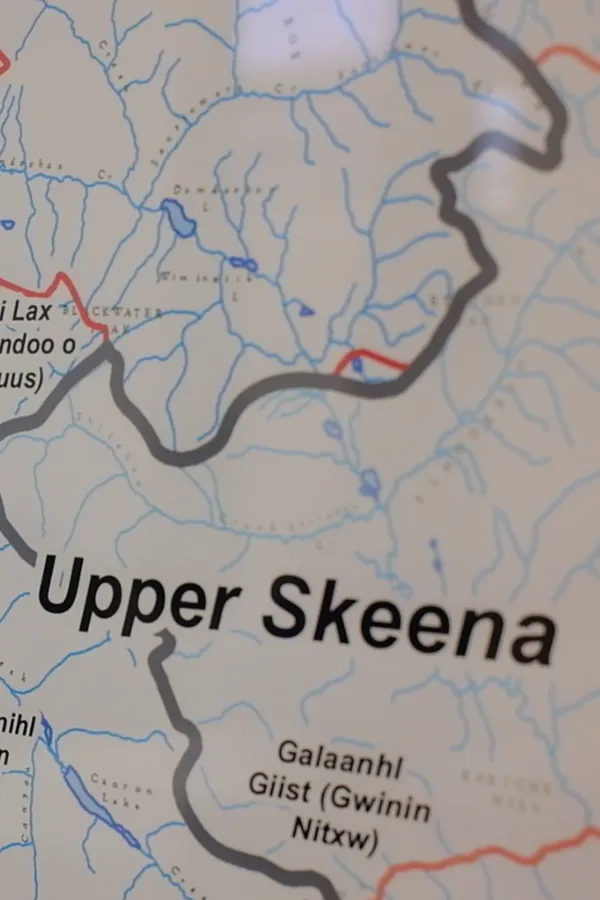
Using Wild Salmon Policy Habitat Assessments
Healthy forest ecosystems in northwest B.C. support healthy wild salmon populations and forestry development activities have the potential to directly impact salmon health.
Fisheries are managed by our Federal government, yet the land use activities that impact fish habitat are managed Provincially. This jurisdictional gap presents challenges in maintaining healthy salmon habitat. Fortunately, tools are already available at a federal level to assess fish habitat health. The Department of Fisheries and Ocean’s Wild Salmon Policy (WSP) Habitat Working Group developed thresholds and benchmarks for habitat indicators most impacted by forest development activities (i.e. road densities, streamside vegetation disturbance, equivalent clear-cut area, linear development, and fish passages).
Using these habitat indicators to assess resource development in northwest B.C. and inform decision-making (keep habitats out of the high-risk zone) can help address concerns regarding cumulative impacts on ecosystem health and wild salmon. SkeenaWild, in collaboration with our partners, have used these indicators to assess habitat health in the Kispiox and the Babine Watersheds. We believe that the Province of B.C. could better consider salmon in land use planning and decision-making by considering such indicators and thresholds.
Babine Wild Salmon Policy Analysis 2022
Freshwater Atlas (FWA) Assessment Watersheds
Babine Wild Salmon Policy Analysis 2022/2023
Interior Watershed Assessment Protocol (IWAP) Watersheds
Babine Lake
Babine River
Watershed Stewardship Decision Support Tool
The Watershed Stewardship Decision Support tool is used in forest management planning applications to assess what percentage of a watershed can be logged/developed before it risks losing its ability to support water quality and stream health. This tool supports good decision-making with transparent baseline information for managing risk to watershed integrity. SkeenaWild is using this tool in the Skeena Watershed (Babine River and Kispiox River so far) to inform and improve the management of watershed integrity across the B.C. forestry sector. The Watershed Stewardship Decision Support Tool represents a significant step toward ensuring a transparent and scientifically-based approach to the assessment and management of watershed health and integrity.
Forestry and Carbon
Global climate change is well underway. Climate scientists are telling us that humanity has only about one to three decades to avoid runaway climate warming.
Forest management, however, can play a unique positive role in mitigating the effects of climate change. Forests naturally both absorb and release carbon, resulting in a dynamic balance that changes over time, depending on stand age and type and intensity of disturbance. Depending on how a forest naturally functions and how it is managed, it can either contribute to or reduce greenhouse gas emissions and climate change. For example, old-growth forests steadily accumulate carbon for centuries. When old-growth forests are logged, there is a net release of carbon to the atmosphere for decades and sometimes for over a century. Logging results not only in losses to above and below-ground carbon stocks but also in lower rates of absorption & storage for one to several decades until rates of net carbon uptake in the secondary forest return to pre-harvest rates.
SkeenaWild works with scientists, foresters, government, and community groups to share the best available information and ensure that carbon accounting is done openly and transparently.
In collaboration with Skeena Watershed Conservation Coalition, we partnered with renowned Forest Ecologist Dr. Jim Pojar to develop the report Forestry and Carbon in B.C. The report lays out seven forest carbon myths, misconceptions or oversimplifications. Dr. Pojar also provides a series of recommendations and potential solutions to help reach B.C.’s climate targets through improved forest management.
Goshawk Populations
Consistent with collaborative approach and our focus to support better forestry and land use practices that protect water, salmon and wildlife populations, this Best Management Practice for northern goshawks is published by SkeenaWild. Goshawks are an iconic forest raptor and an indicator of forest ecosystem health throughout forests of the northern hemisphere, as they rely on the presence of old forest structures for nesting and on the presence of abundant and available prey to support successful breeding. In many cases, there are shared values for both goshawks and salmon. What is good for one is often good for the other.
Decades of monitoring, research, and collaboration across the landscapes of central and northwestern B.C. and Haida Gwaii have shown a precipitous decline in goshawk populations. Through research and monitoring we have learned that this decline is in large part linked to clear-cut forest harvesting, as well as the subsequent even-aged conifer plantations that lack the required forest structure and available prey. If we are not to lose the goshawk, the focus now must be on managing for the remaining individual territories, so that viable populations can be maintained.
Through these Best Management Practices, we provide guidance as to approaches to future harvest and landscape management that are required to maintain forest structure and thereby the goshawks and the species on which they depend.
Land Use Planning & Forestry Reform Resources
Wild Salmon Policy Habitat Assessments Report
WSP Indicator Analysis for the Kispiox TSA: Riparian Disturbance Freshwater Atlas (FWA) Assessment Watersheds
Prepared for SkeenaWild, Prepared by Eclipse Geomatics (2020)
Babine Wild Salmon Policy Analysis 2022 – Freshwater Atlas (FWA) Assessment Watersheds
Visit the Skeena Maps Portal to learn more.
Babine Wild Salmon Policy Analysis 2022/2023 – Interior Watershed Assessment Protocol (IWAP) Watersheds
Visit the Skeena Maps Portal to learn more.
Babine Wild Salmon Policy Analysis 2022/2023 – Interior Watershed Assessment Protocol (IWAP) Watersheds
Visit the Skeena Maps Portal to learn more.
Watershed Stewardship Decision Support Tool
Visit the Skeena Maps Portal to learn more.
Other News Related to:
Habitat Protection: Land Use Planning
and Forestry Reform
-
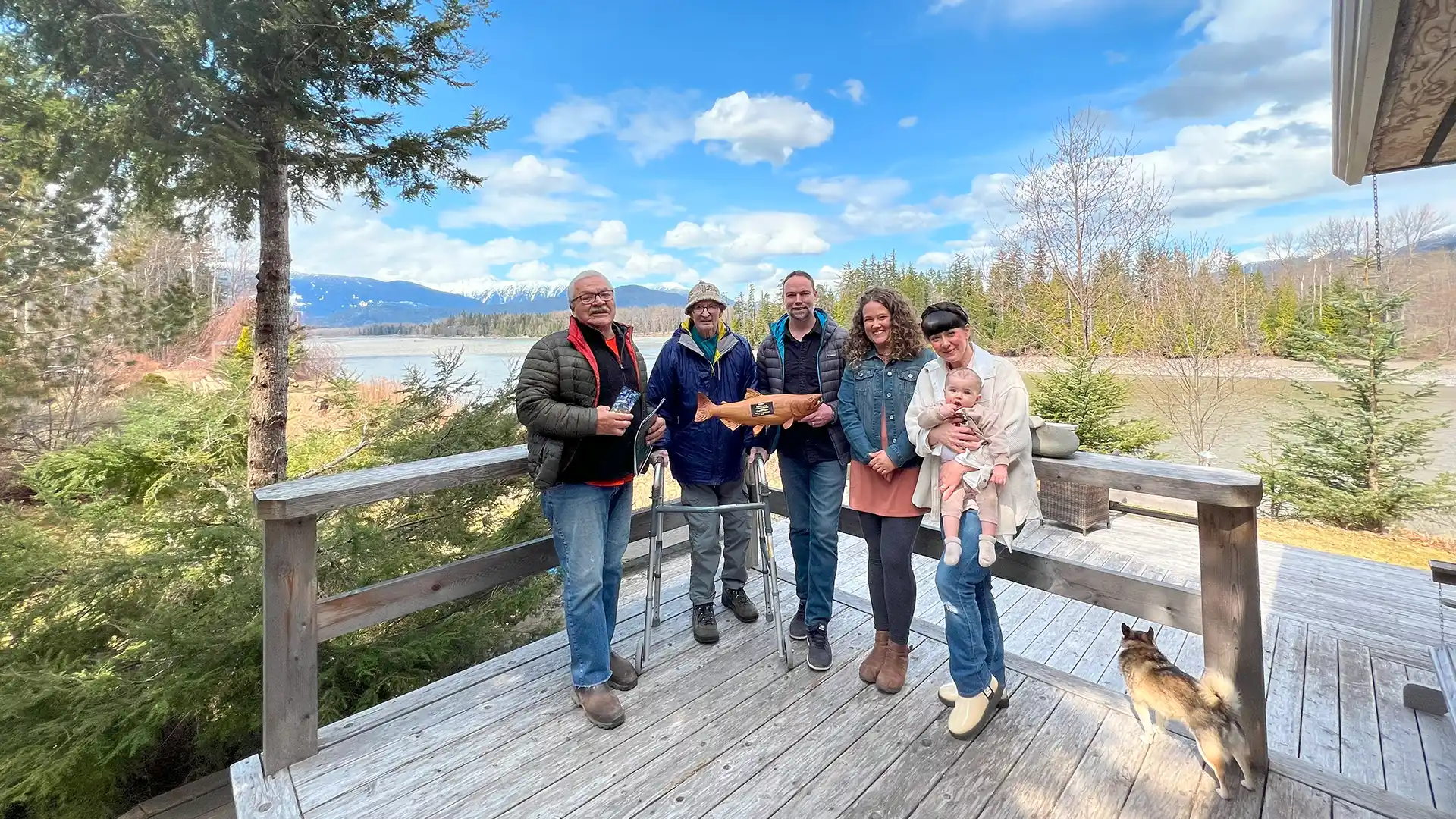
Local Forester Fred Philpot Awarded SkeenaWild’s Inaugural Conservation Award
We are excited to announce Fred Philpot RPF ret. 481 as the inaugural recipient of the SkeenaWild Conservation Award, given in recognition of outstanding community…
-
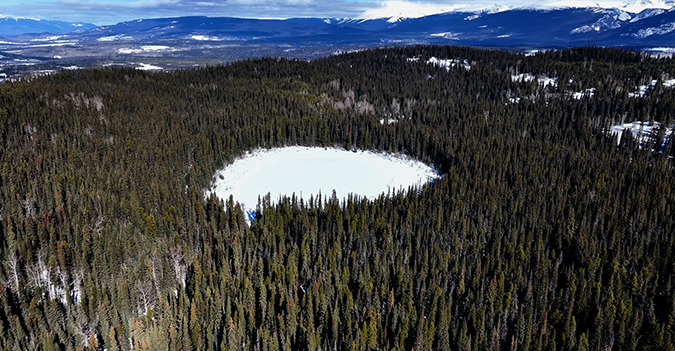
Province Cancels 1.35 Million Acres of Conservation Lands in Northwest B.C. Without Consultation
Between 2019 to 2020, the provincial government cancelled over 1.3 million acres (nearly double the size of Metro Vancouver) of land designated under the Provincial…
